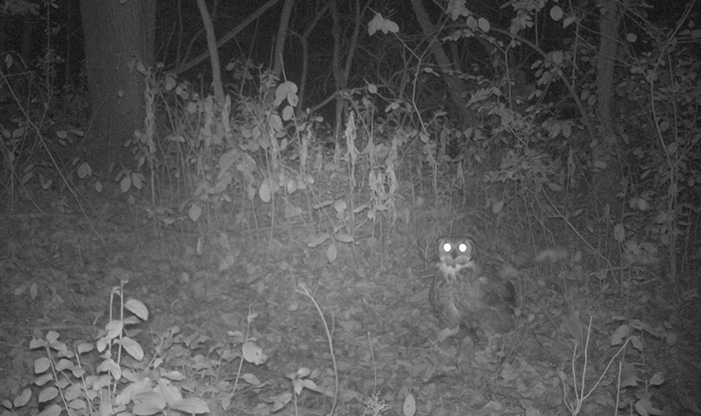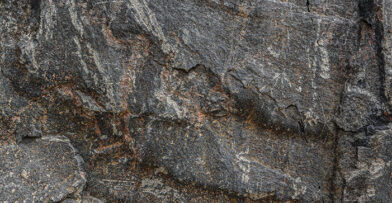Snapshot Wisconsin is a statewide network of trail cameras and volunteers that the Wisconsin Department of Natural Resources uses to monitor Wisconsin wildlife year-round. The project launched in 2016, and in the same year, the Center applied to join the program. The DNR provided our staff with training, and in June 2016, our camera went live.
Our conservation department installed the camera in the Reptile and Amphibian Conservation Area, a unique high-value habitat. Trail cameras are attached to a tree or post, and the camera is triggered by motion. The photos are sent to the Wisconsin DNR to filter out blank photos or any photos with people in them. After filtering the photos, they send the remaining images back to us to classify. For this, we enlist the help of our volunteers and interns.
The Scope of Snapshot Wisconsin
Snapshot Wisconsin now has trail cameras in every county, and the Wisconsin DNR can use the knowledge gained from these trail cameras to inform land management decisions. Volunteers from all over can help classify photos, and the DNR uses information they gather to track behavioral patterns, such as when animals are active, population dynamics, and more. The program has over 35 million photos to work with, and is a wonderful example of how citizen science can help with natural resource management. People can participate in the project by going to the Snapshot Wisconsin project in Zooniverse.org.
Our education department uses the trail camera in addition to conservation. We use images from the camera to teach our homeschool students and secondary students about wildlife. One thing we demonstrate to them how many species can utilize one piece of habitat. It’s a great introduction to citizen science, showing students how easy it can be to get involved with a project.
The Trail Camera in Action
The camera has already photographed an abundance of wildlife at the Center. White-tailed Deer were the first to notice it. We found many close-ups of them investigating the foreign object in their environment. Photos of the wildlife we expected to see included songbirds, squirrels, turkeys, and rabbits. We were also excited to capture images of Eastern Screech Owls, Wood Ducks, Great Horned Owls, opossums, and coyotes.
Our conservation department primarily uses the photos to monitor deer population. This gives us an idea of changes in deer breeding behavior. The trail camera’s images give us an estimate of how many fawns have been born and if they are surviving. We are hoping to use the photos to track life-cycle dates across years. This includes when fawns are first seen, when bucks start growing antlers, and when they shed them. The camera is also a fun and easy way to watch coyotes, which people don’t often see at the Center.
Snapshot Wisconsin shows how the Center can work with wildlife conservation here that also has relevance across the state, as well as for education at Schlitz Audubon. It also shows a way for people to get involved in natural resource management by learning how to take part in citizen science at the Center and beyond.


